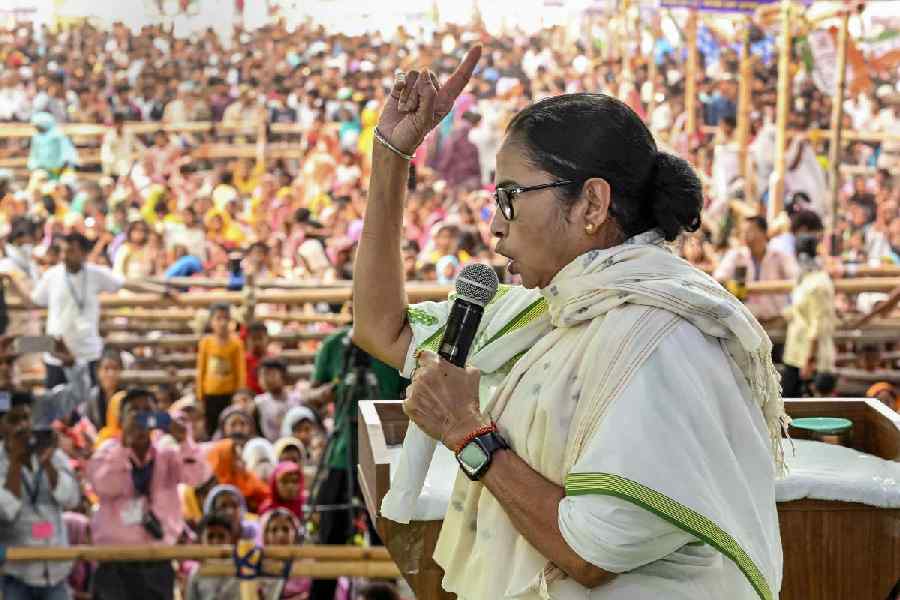According to the Global Adult Tobacco Survey India 2016-17, over 267 million adults — almost 29% of all adults — consume tobacco. The situation becomes grimmer when we focus our lens on the Northeast. The tobacco usage trend is concerning in this region as seven out of the top eight states with the highest tobacco usage are located in northeastern India. Tripura, Mizoram, and Manipur stand out with more than 50% of adults engaging in tobacco use.
Tobacco is a significant reason behind various chronic ailments, including cancer, lung disorders, and cardiovascular issues, leading to a large number of tobacco-induced diseases and deaths. The Profile of Cancer and Related Health Indicators in the North East Region of India, a report prepared by the Indian Council of Medical Research and the National Centre for Disease Informatics and Research, highlights the vulnerability of the region. Tobacco-related cancer sites account for 49.3% among males and 22.8% among females in the Northeast. Among these, oesophageal and lung cancers are prominent killers.
A critical concern emerges from the findings of the National Family Health Survey 5: 31.26% of women aged 15 and above in the Northeast are users of tobacco in stark contrast to the national average of 8.9%. This raises serious concerns as smokeless tobacco exposes individuals to carcinogens, leading to oral diseases, including gum and mouth diseases, leukoplakia and even oral cancer. Equally worrying is the impact on women’s health during pregnancy as the use of smokeless tobacco escalates the chances of premature delivery and stillbirth.
To reinforce the principles of The Cigarettes and Other Tobacco Products Act, 2003, the ministry of health and family welfare launched the flagship initiative, the National Tobacco Control Programme. It plays an important role in raising awareness about tobacco’s harmful impacts and enforcing laws. Data from the Lok Sabha reveal that the northeastern states, with a utilisation rate of 34%, are significantly underutilising funds allocated for the NTCP. For instance, Arunachal Pradesh and Manipur used just 3.46% and 5.63% of the allocated funds, respectively, in the fiscal year, 2022-23. There is thus a need to ensure the effective utilisation of the imbursed funds to address the rising tobacco consumption rates in the region and strengthen the NTCP’s commitment to protecting public health.
The limited progress in tobacco control initiatives among northeastern states underscores the need for concentrated and region-specific interventions. Prioritising support for less advanced states becomes crucial. There is a need to integrate gender-responsive approaches and increase awareness about tobacco control policies for a comprehensive impact. It has been observed that there are significant delays in disbursing funds to state and district tobacco control cells. The efficiency of the NTCP rests on the timely allocation and utilisation of funds from the Centre. It is vital to address the underutilisation of allocated funds by conducting comprehensive assessments to identify the root causes of underutilisation. Partnerships among government agencies, healthcare providers, and civil society organisations can help achieve this. Through these tailored actions, the Northeast can forge a collective stance against tobacco consumption.










